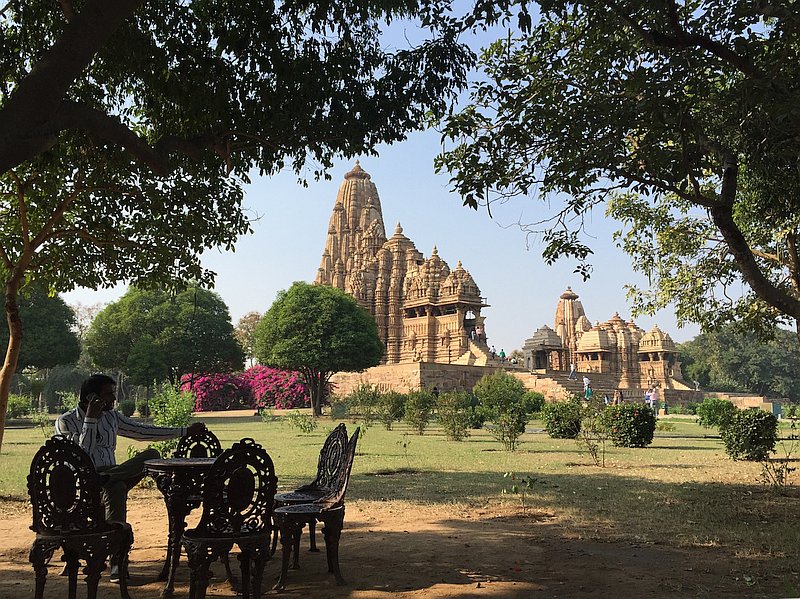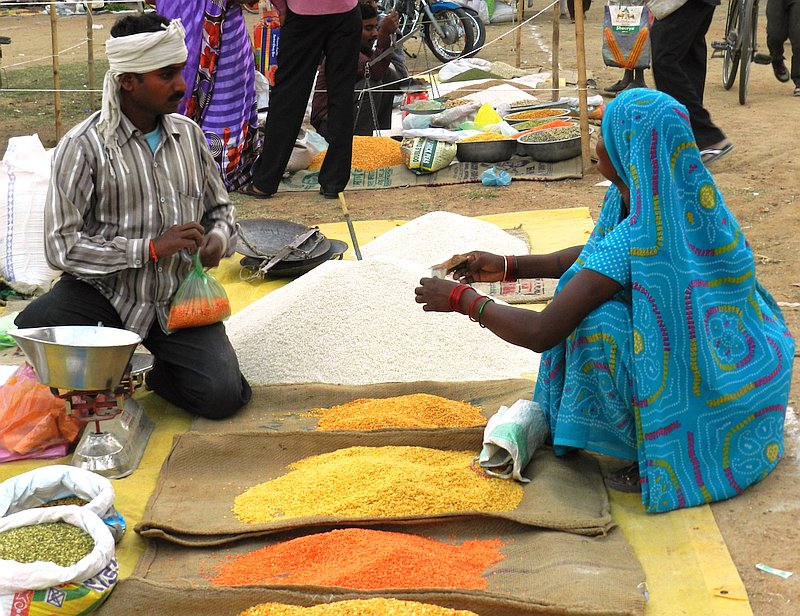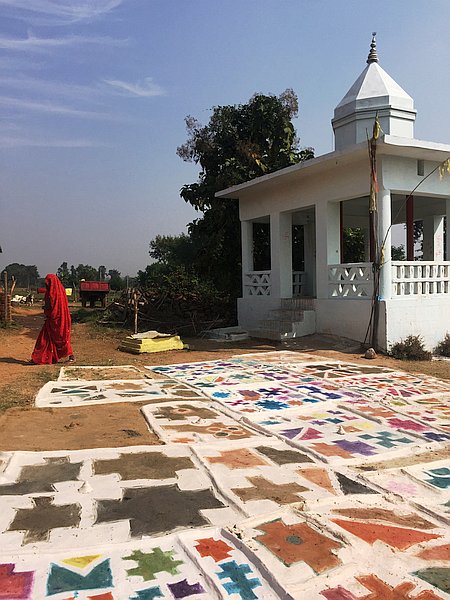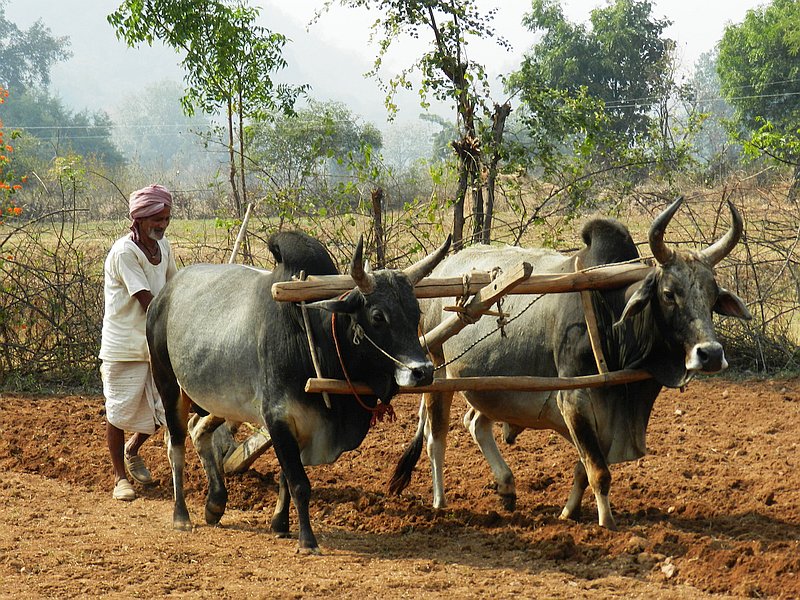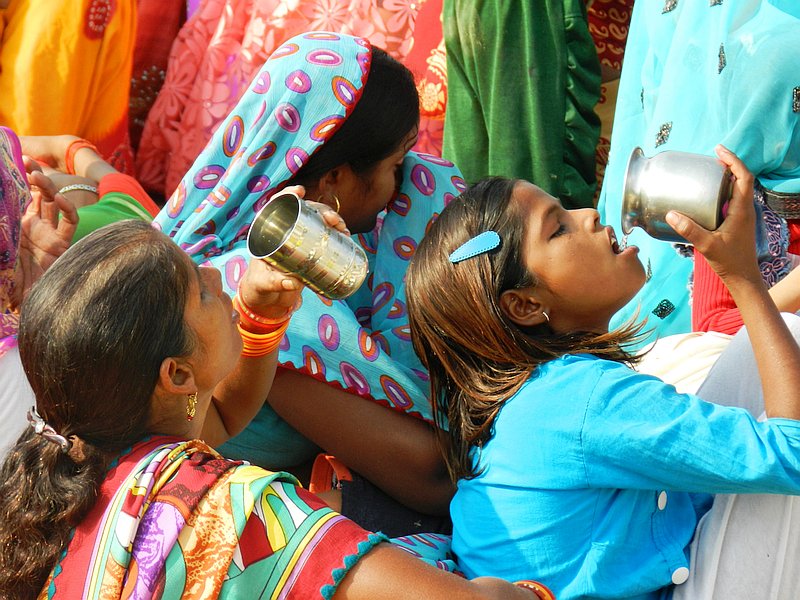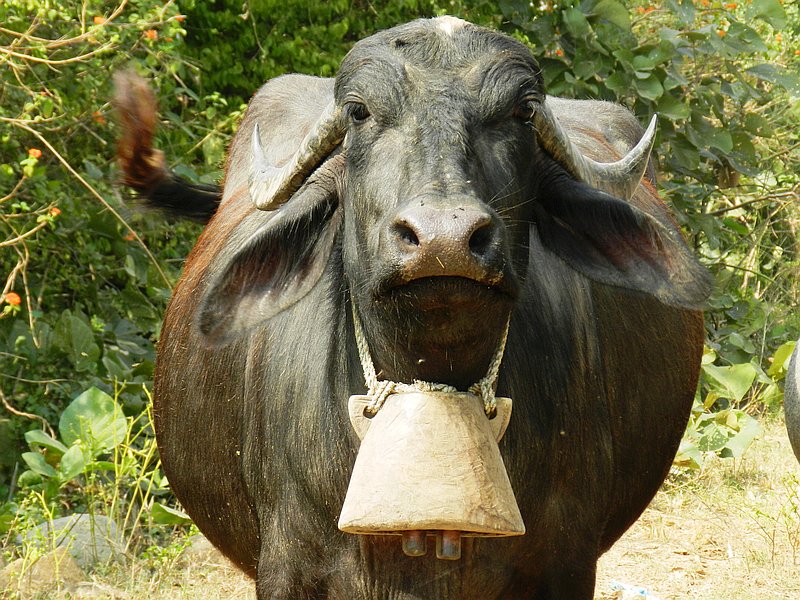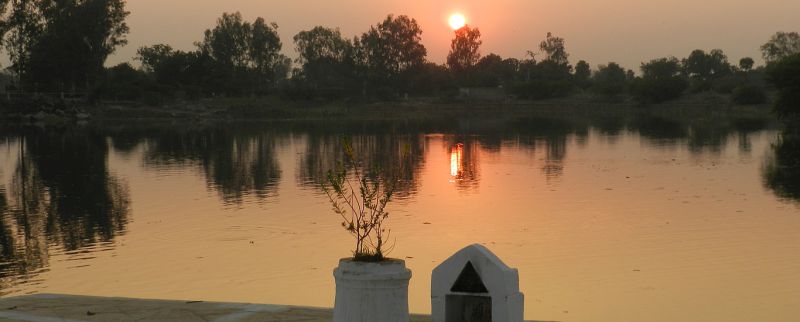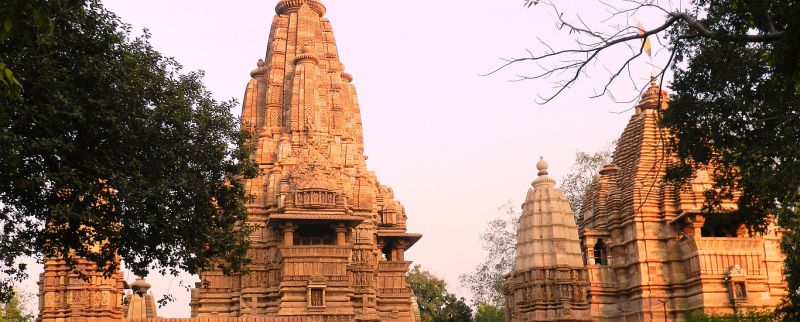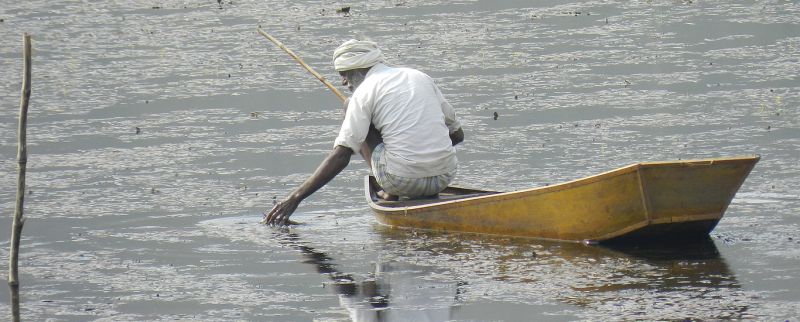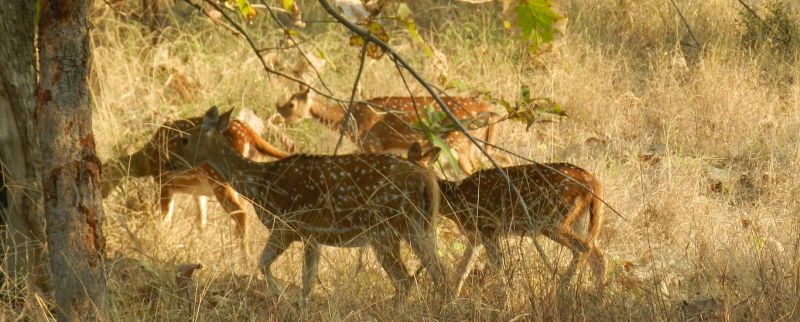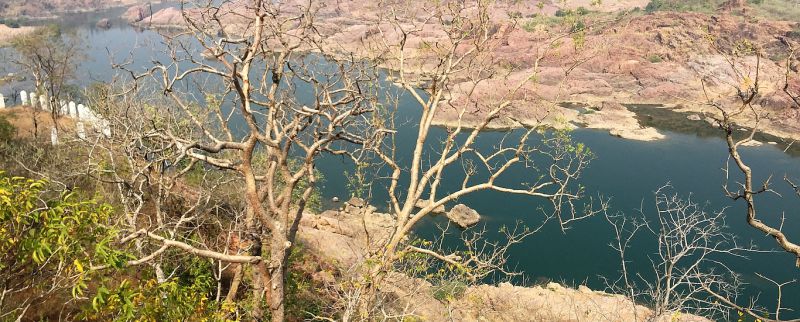Madhya Pradesh truly deserves its title as the "Heart of India," not only geographically but culturally as well. For those seeking to experience the vibrant Hindu culture away from the crowded Golden Triangle, this state offers an authentic taste of India. Situated primarily on a plateau, Madhya Pradesh is known for its tropical and subtropical natural diversity, making it a haven for wildlife enthusiasts. Protected areas such as Bandhavgarh National Park, Kanha Tiger Reserve, and Panna National Park boast impressive biodiversity, home to rare species like the caracal and the gavial, a crocodile species.
But it's not just the flora and fauna that captivate travelers. Madhya Pradesh is rich in cultural heritage, with UNESCO World Heritage Sites and remarkable archaeological finds that trace human evolution from Homo Erectus. The Hindu cultural development is particularly evident in Khajuraho, a city of temples where 85 stunning temples were built between 950-1050 AD. These temples, dedicated to various gods, feature intricate murals depicting scenes from the Kama Sutra, offering a window into the joy, life, and creativity of that era.
An equally fascinating cultural experience awaits in the Ajanta Caves, another UNESCO World Heritage Site, where sculptures and frescoes dating back to between the 2nd and 5th centuries AD vividly illustrate the life of the Buddha. Similarly, the Buddhist stupas in Sanchi, some as old as the 3rd century BC, provide an enriching look into ancient Buddhist culture. The Sanchi district has held UNESCO World Heritage status since 1989.
In the holy city of Ujjain, where settlements have existed since the 8th century BC, Hinduism thrives in harmony with modern life. Ujjain is one of the seven sacred sites of Hinduism, and the ritual ablutions along the Shipra River, especially during the Kumbh festival, offer a fascinating glimpse into Hindu traditions.
A visit to Bhopal, the state capital, known as the "City of Lakes," provides a modern contrast to the ancient heritage of Madhya Pradesh. With nearly 2 million residents, Bhopal offers both a lively urban atmosphere and a deep dive into its long history dating back to the 11th century BC.
We offer tailored itineraries to suit your interests, including visits to remote villages and providing German-speaking guides in the region, ensuring a personalized experience.
Enquiry : +41 79 937 33 20
Email : [email protected]
 ENG
ENG
 DE
DE

